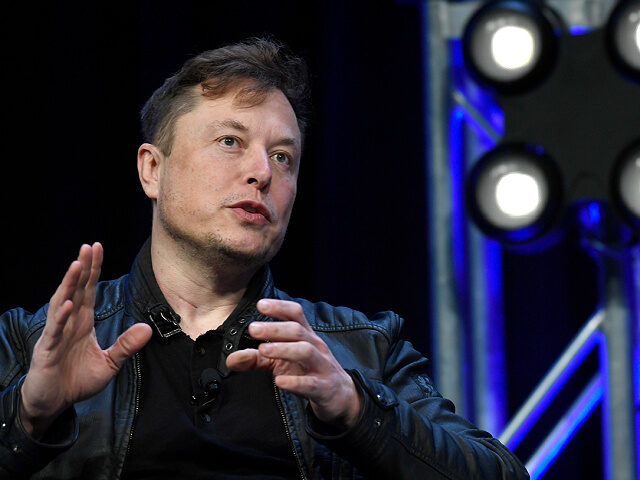Washington State authorities have confirmed that a Tesla operating on Elon Musk’s “Full Self Driving” system was involved in a fatal crash with a motorcyclist.
AP News reports that in a recent development, investigators from the Washington State Patrol have determined that a 2022 Tesla Model S, which struck and killed a motorcyclist near Seattle in April, was operating on the company’s “Full Self Driving” (FSD) system at the time of the crash. This revelation comes after authorities downloaded information from the vehicle’s event-data recorder, according to agency spokesman Capt. Deion Glover. The investigation is still ongoing, and the Snohomish County Prosecutor will determine if any charges will be filed in the case.
The driver of the Tesla, a 56-year-old man, admitted to using the Autopilot system and looking at his cellphone while the vehicle was in motion. In a probable-cause document, a trooper wrote, “The next thing he knew there was a bang and the vehicle lurched forward as it accelerated and collided with the motorcycle in front of him.” The driver was subsequently arrested for investigation of vehicular homicide “based on the admitted inattention to driving, while on Autopilot mode, and the distraction of the cell phone while moving forward, putting trust in the machine to drive for him,” according to the affidavit.
The motorcyclist, identified as 28-year-old Jeffrey Nissen of Stanwood, Washington, was pronounced dead at the scene after being found under the Tesla.
This incident marks at least the second fatality in the United States involving Tesla’s “Full Self Driving” system. The National Highway Traffic Safety Administration (NHTSA) has previously reported finding one fatality and 75 crashes while the system was in use, although it remains unclear whether the system was directly at fault in the earlier fatality.
Tesla CEO Elon Musk recently stated that “Full Self Driving” should be able to operate without human supervision by the end of this year, reiterating his vision of a fleet of robotaxis. However, he acknowledged that his predictions on this matter have been “overly optimistic in the past.” Musk also expressed confidence that government regulators would not be a limiting factor in deploying robotaxis, stating, “If you’ve got billions of miles that show that in the future, unsupervised FSD is safer than humans, what regulator could really stand in the way of that?”
It is important to note that despite the names “Full Self Driving” and “Autopilot,” Tesla maintains that neither system is currently capable of driving itself and that human drivers must be prepared to take control at any time. The company is testing “Full Self Driving” on public roads with selected Tesla owners, now referring to it as “FSD Supervised.”
Experts in the field, such as Professor Phil Koopman from Carnegie Mellon University, remain skeptical about the deployment of fully autonomous robotaxis in the near future. Koopman emphasizes the need for data proving that driver supervision is unnecessary before claiming acceptable safety levels, stating, “Unless you have data showing that the driver never has to supervise the automation, then there’s no basis for claiming they’re going to be acceptably safe.”
Tesla has been promoting self-driving vehicles as a growth catalyst since the introduction of “Full Self Driving” hardware in late 2015, with many investors backing the company based on the long-term prospects for robotics technology. Musk has announced plans to unveil a dedicated robotaxi vehicle at an event on Oct. 10, which was delayed from Aug. 8 to accommodate changes he wanted to make to the vehicle.
The AP contributed to this report.
Read more at AP News here.
Lucas Nolan is a reporter for Breitbart News covering issues of free speech and online censorship.

COMMENTS
Please let us know if you're having issues with commenting.